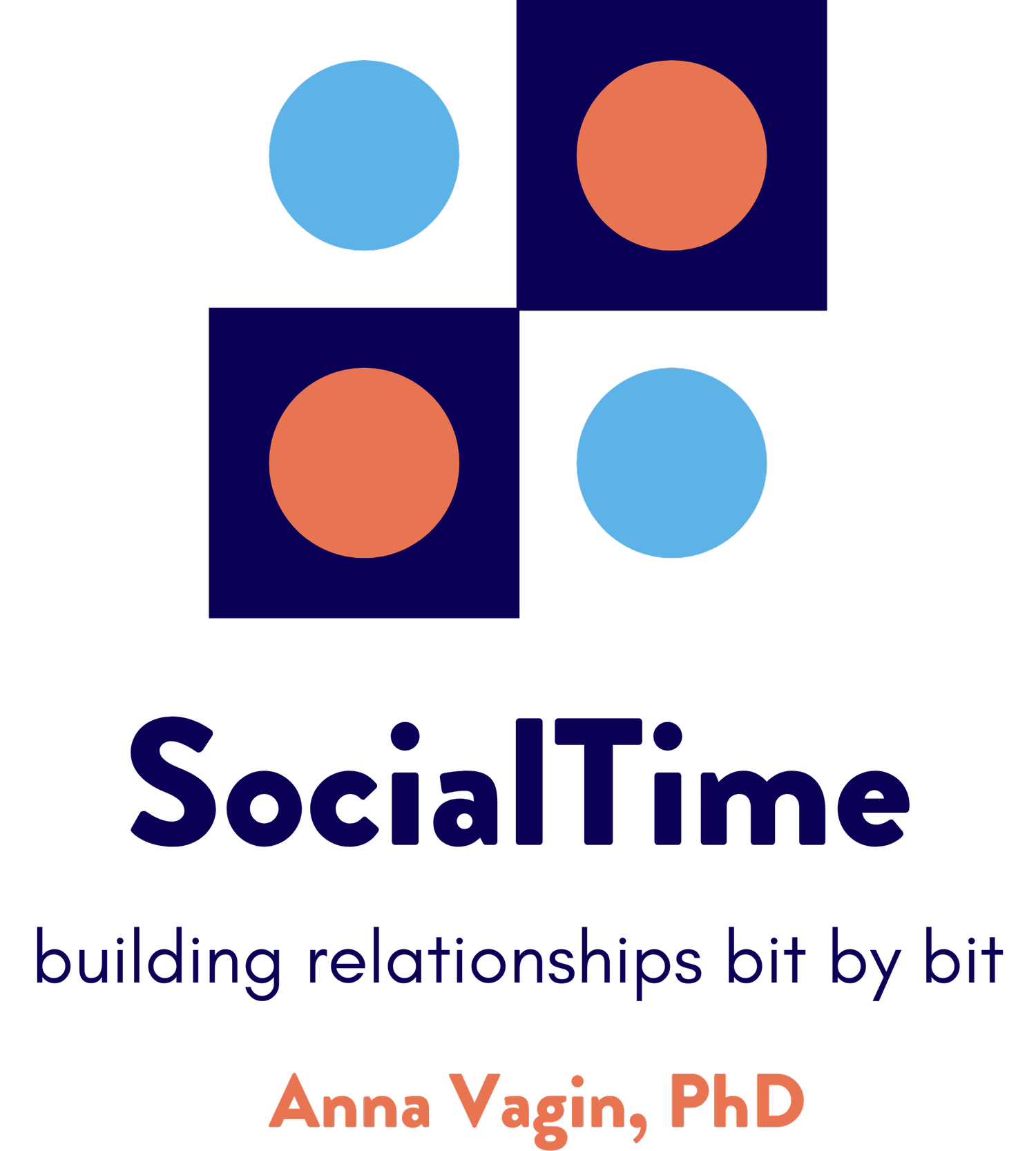Flexing our way into 2025
A wonderful illustration of the triumphant end in Game Changer by Aviv Mano. Flexibility paid off!
A new calendar year 📆 = lots of changes 🔄 = a great time to talk about flexibility! 🤸🏾♀️
Over the years, I’ve spent LOTS of time 🕰️ thinking and writing about that important mindset – and its opposite, inflexibility, or stuck. As I’ve gone deeper and deeper, I realize how complicated these ideas are! And challenging to work on with students, in part because, like most things social, there aren’t that many rules 📜.
Turns out, sometimes flex is good 👍🏽, but sometimes it actually isn’t that great a choice. And, while we often think that being stuck is bad 😬, that actually isn’t always true, such as when we inflexibly stand up for what we believe is important ✊🏾. Oye – so tricky!
Too much flexibility can mire us down in wheel spinning, like when I spend 45 minutes ⏳ browsing PowerPoint designs to see if there is one that’s “better” than my current one, when I really should just stick to the design I have and MAKE the slides 📊. And inflexibility can be good – when we stand up for what we believe in the face of opposition. Flex and stuck really represent a continuum, and we often move between the points depending on who we are with 🧑🏽🤝🧑🏽, what the situation is 🌍, and how we are feeling at any given moment.
There are also different types of flexibility, and flexibility can often lead to greater productivity 💡 – or a greater product. When two people 🤝 come together in the middle, they compromise – meaning that no one gets what they really want. But if they can be flexible in a different way and combine their thoughts in a more collaborative approach, the result can be more than either could have imagined 💥. Complicated for us, for society, and certainly with the students with whom we work.
So, grab one of your fav animations 🎥 (or see options further down) and try these activities 📝:
Flex feelings & thoughts:
Step 1: This activity works well with animations 🎬 that students have already watched and enjoyed 😊. Watch, stopping the video at moments when the character is being flexible 🤸🏽. A good opportunity to incorporate double thinking as needed.
Step 2: Ask students to write (or help you write) thought bubbles 💭 reflecting what the character might be thinking. Put on sticky notes you can affix to the screen or just hold them up ✋🏽. Add feelings 😌, remembering that when we are flexible, we can experience both comfortable and uncomfortable feelings 😣. If any thought bubbles reflect positive self-talk or promote flexibility, point that out, e.g. what we think in our heads can change what we do and how we feel.
Step 3: You can repeat this activity with multiple animations 🎥. Remember that our thoughts are made up of exclamations/interjections 😮 (e.g. “aaarrr”, “darn!”) as well as phrases/sentences 📝 (e.g. “broke again!”) and combinations of both (e.g. “aaahhh, just a bit longer”).
Remember: Flexibility is usually supported by self-regulation 🧘🏾♀️ and the ability to manage impulsive/uncomfortable emotions, so watch for strategies the characters use (e.g. in Ernie Counts Fruit, Bert takes a deep breath, asks for clarification ❓, and finally removes himself from the frustrating situation 🏃🏾♂️).
After watching 👀 and discussing 🗣️, it’s always great to jump into practice! One of my favorite activities to practice flexibility utilizes the idea of a Rube Goldberg machine 🔧. For those who aren’t familiar, the idea behind such a machine is to use materials in ways different from how they are typically used to accomplish some task – preferably in the most complicated way you can imagine! 😅
A rigid thinker believes that “a paper towel tube 🧻 can ONLY be used as a paper towel tube, not a tunnel 🚪.” Building a Rube Goldberg machine 🏗️ gives students the opportunity to consider the attributes of objects. To look at them in new ways. To consider possibilities 💡. What can I find that can make a domino effect ➡️ besides dominoes? Wow- I could use books 📚! It’s collaborative, creative, and….FUN! 🎉
What could be a better social cognitive activity geared toward practicing that flex?
You may be thinking, great 👍🏽, but how can we measure and write a goal for flexibility? Here’s an example:
Loving using rubrics 📋 – how about you? Happy Flexing! 🤸🏾♀️
P.S. Need animation recommendations 🎥 for flexibility practice? Remember, you can download lots of FREE lists of animations from my website OR grab the Maca & Roni Spreadsheet because, you guessed it, Maca and Roni can be pretty flexible 🤸🏽 (in addition to adorable 🐰) characters!
Do well. Be well. 🌟 I hope your 2025 is bringing you moments of joy 😊.


